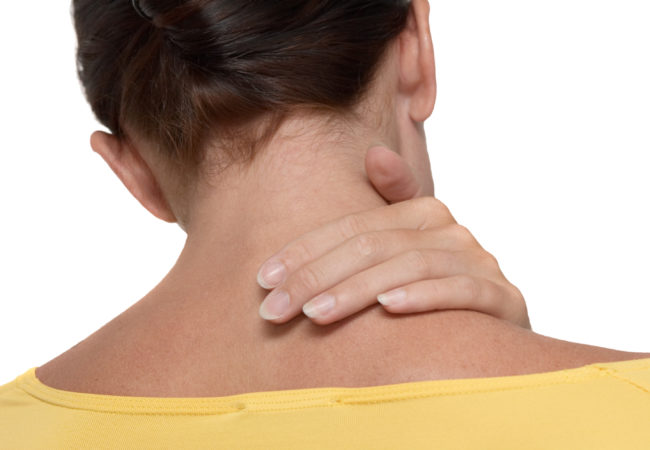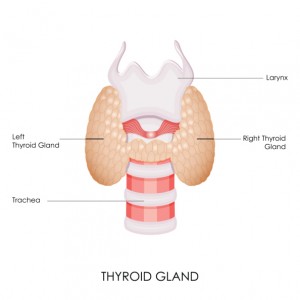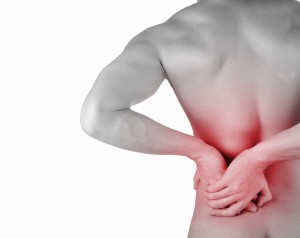What is Deep Tissue Massage?
A type of massage therapy, deep tissue massage uses deep, slow strokes to reach deeper layers of muscle and fascia (the connective tissue surrounding muscles). It’s used for chronic aches and pain and contracted areas such as a stiff neck and upper back, low back pain, leg muscle tightness, and sore shoulders.
How Does It Work? Techniques
While some of the strokes may feel the same as those used in Swedish massage therapy, deep tissue massage isn’t the same as a regular massage with deep pressure.
It’s used to break up scar tissue and physically break down muscle “knots” or adhesions (bands of painful, rigid tissue) that can disrupt circulation and cause pain, limited range of motion, and inflammation.
At the beginning of the massage, lighter pressure is generally applied to warm up and prep the muscles. Specific techniques are then applied. The most common techniques include:
Stripping – deep, gliding pressure along the length of the muscle fibers using the elbow, forearm, knuckles, and thumbs
Friction – pressure applied across the grain of a muscle to release adhesions and realign tissue fibers
Benefits of Deep Tissue Massage
Deep tissue massage usually focuses on a specific problem, such as chronic muscle pain, injury rehabilitation, and the following conditions:
- Low back pain
- Limited mobility
- Recovery from injuries (e.g. whiplash, falls)
- Repetitive strain injury, such as carpal tunnel syndrome
- Postural problems
- Muscle tension in the hamstrings, yea, IT band, legs, quadriceps, rhomboids, upper back
- Osteoarthritis pain
- Sciatica
- Sports concerns (runners, athletes)
- Piriformis syndrome
- Tennis elbow
- Fibromyalgia
- Upper back or neck pain
According to Consumer Reports magazine, 34,000 people ranked deep tissue massage more effective in relieving osteoarthritis pain than physical therapy, exercise, prescription medications, chiropractic, acupuncture, diet, glucosamine and over-the-counter drugs.
Deep tissue massage also received a top ranking for fibromyalgia pain. People often notice improved range of motion immediately after a deep tissue massage.
Will a Deep Tissue Massage Hurt?
At certain points during the massage, you may feel some discomfort or even some pain as the massage therapist works on areas where there are adhesions or scar tissue.
You should always tell your massage therapist if you feel pain during a deep tissue massage. The therapist can adjust the technique or further prep the tissues if the superficial muscles are tense.
Pain isn’t necessarily good, and it’s not necessarily a sign that the massage is working. In fact, your body may tense up in response to pain, making it harder for the therapist to reach deeper muscles.
What Can I Expect During My Visit?
Massage therapists may use fingertips, knuckles, hands, elbows, and forearms during the deep tissue massage.
You may be asked to breathe deeply as the massage therapist works on tense areas.
After the massage, you may feel some stiffness or soreness, but it should subside within a day or so.
Be sure to contact your massage therapist if you have concerns or if you feel pain after having a massage.
Drinking water after the massage may help to flush the metabolic waste from the tissues.
Precautions
Deep tissue massage may not be safe for people who with blood clots (e.g. thrombophlebitis, deep vein thrombosis), due to the risk that they may become dislodged. If you have blood clots or are at risk of forming blood clots, it’s essential that you consult your doctor first.
If you’ve had recent surgery, chemotherapy, radiation, or any other medical procedure, it’s wise to check with your doctor before starting massage therapy. Some people with osteoporosis should avoid the deeper pressure of this type of massage.
Massage should not be done directly over bruises, inflamed or infected skin, skin rashes, unhealed or open wounds, tumors, abdominal hernia, fragile bones, or areas of recent fractures.
If you have any condition, it’s important to consult your primary care provider beforehand to find out what type they recommend. For example, people with certain conditions, such as ankylosing spondylitis, may not be able to tolerate the pain of a deep tissue massage.
Pregnant women should check with their doctor first if they are considering getting a massage. Deep tissue massage (or any strong pressure) should be avoided during pregnancy, but your doctor may suggest a massage therapist trained in pregnancy massage.
Possible Side Effects
Deep tissue massage may result in bruising. Case reports have reported venous thromboembolism, spinal accessory neuropathy, hepatic hematoma, and posterior interosseous syndrome after deep tissue massage.
The Takeaway
Deep tissue massage is more than just a massage with deep pressure. The goals and techniques are different. It may help with certain conditions, but remember to communicate with your massage therapist to get the most out of the massage.
















 overproduction of thyroid-stimulating hormone (TSH) from the pituitary gland. The constant stimulation from TSH will cause the thyroid tissues to swell. If the thyroid gland still cannot produce adequate T3 and T4 hormones, the patient will be considered to have goitrous hypothyroidism.
overproduction of thyroid-stimulating hormone (TSH) from the pituitary gland. The constant stimulation from TSH will cause the thyroid tissues to swell. If the thyroid gland still cannot produce adequate T3 and T4 hormones, the patient will be considered to have goitrous hypothyroidism.
